Ahmed Taha
Research Scientist at WhiteRabbit.AI
|
Ahmed Taha Research Scientist at WhiteRabbit.AI
|
News
|
Publications
|
Interns
|
Research
|
Awards
|
Teaching
|
| Research Interest: | Feature Embedding, Metric Learning, Deep Networks, Machine Learning, Image segmentation, Texture classification, Patch matching. |
| Technical Skills: | Python, C/C++, JAVA, OpenCV, MATLAB, mex files, and CUDA TensorFlow, PyTorch, Keras, OpenCV, SimpleITK, CAFFE |
| Education: |
Computer Science PhD (+MS) GPA: 4.0/4.0 - University of Maryland Masters of Business Administration (Marketing Major) GPA 3.83/4.0 - Arab Academy for Science and Technology Computer Science BS GPA 3.81/4.0 - Alexandria University- Faculty of Engineering |
|
|
|---|
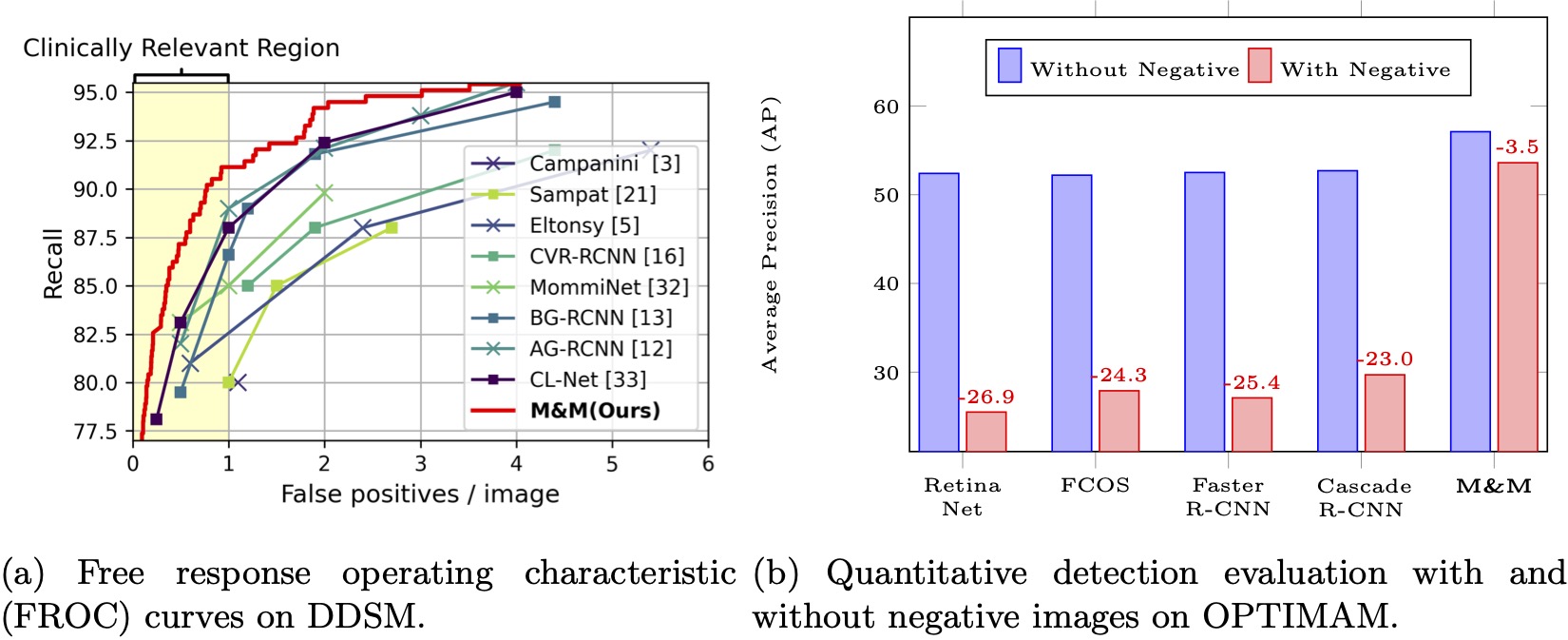 |
M&M: Tackling False Positives in Mammography with a Multi-view and Multi-instance Learning Sparse Detector, MICCAI 2023 (acceptance rate 32%)Yen Nhi Truong Vu*, Dan Guo*, Ahmed Taha, Jason Su, Thomas Paul Matthews
Project Page MICCAI Featured |
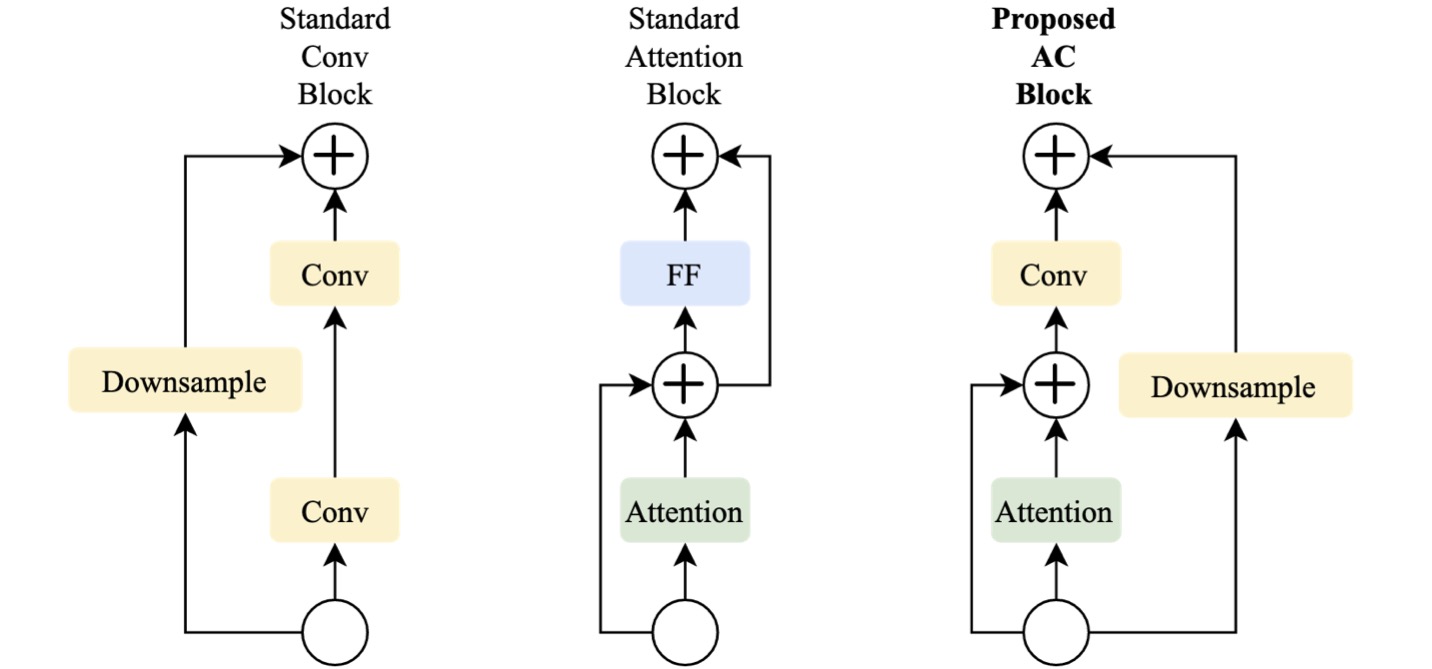 |
Deep is a Luxury We Don't
Have, MICCAI 2022 (acceptance rate 31%)Ahmed Taha*, Yen Nhi
Truong Vu*, Brent Mombourquette, Thomas Matthews, Jason Su, Sadanand Singh
Project Page |
 |
SVMax: A Feature Embedding
Regularizer, arXiv 2021Ahmed Taha, Alex Hanson, Abhinav
Shrivastava, Larry Davis
Project Page |
 |
Knowledge Evolution in Neural
Networks, CVPR Oral 2021 (acceptance rate 24% -- Oral 4%)Ahmed
Taha, Abhinav Shrivastava, Larry Davis
Project Page |
 |
A Generic Visualization Approach
for Convolutional Neural Networks, ECCV 2020 (acceptance rate
27%)Ahmed Taha, Xitong Yang, Abhinav Shrivastava, Larry Davis
Project Page |
 |
Boosting Standard Classification
Architectures Through a Ranking Regularizer, WACV 2020 (acceptance rate
34.5%)Ahmed Taha, Yi-Ting Chen, Teruhisa Misu, Abhinav Shrivastava, Larry Davis
Project Page |
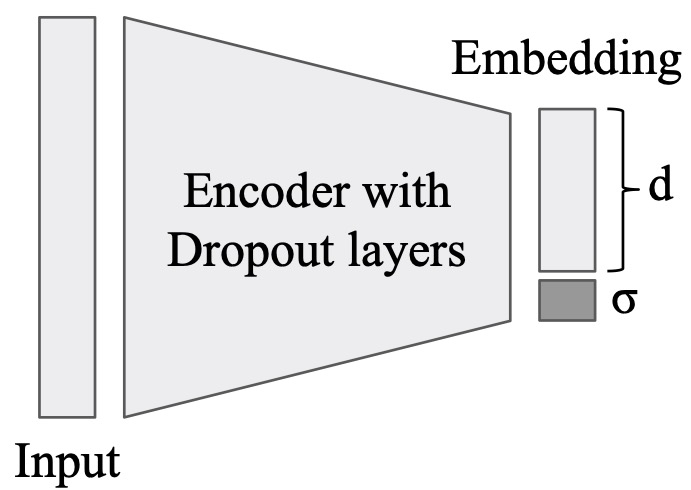 |
Unsupervised Data Uncertainty
Learning in Visual Retrieval Systems, arXiv 2019Ahmed Taha,
Yi-Ting Chen, Teruhisa Misu, Abhinav Shrivastava, Larry Davis
arXiv Link |
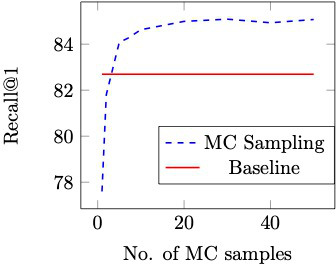 |
Exploring Uncertainty in
Conditional Multi-Modal Retrieval Systems, arXiv 2019Ahmed
Taha, Yi-Ting Chen, Teruhisa Misu, Larry Davis
arXiv Link |
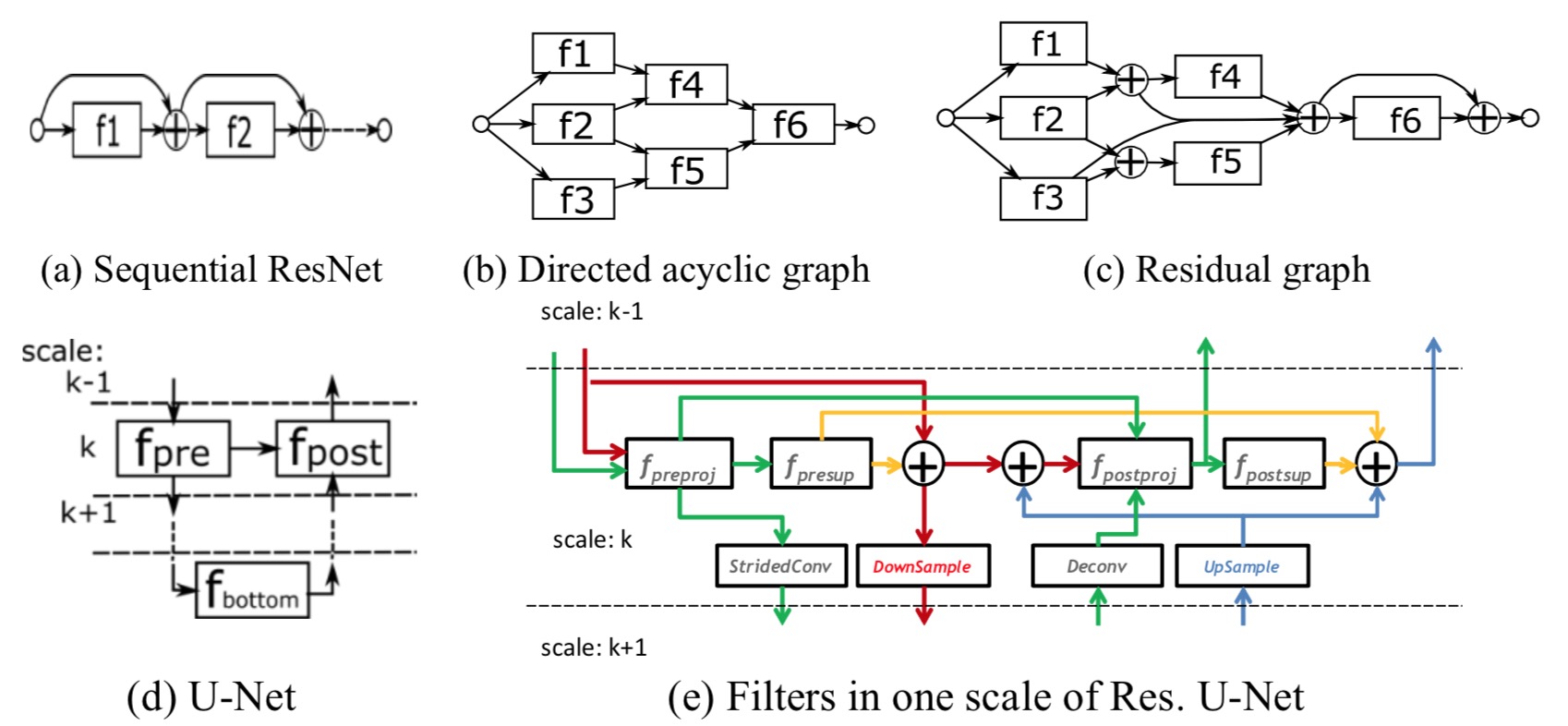
|
Segmentation of Renal Structures for Image-Guided Surgery, MICCAI 2018 (acceptance rate 34.9%) Junning Li, Pechin Lo, Ahmed Taha, Hang Wu, Tao Zhao |
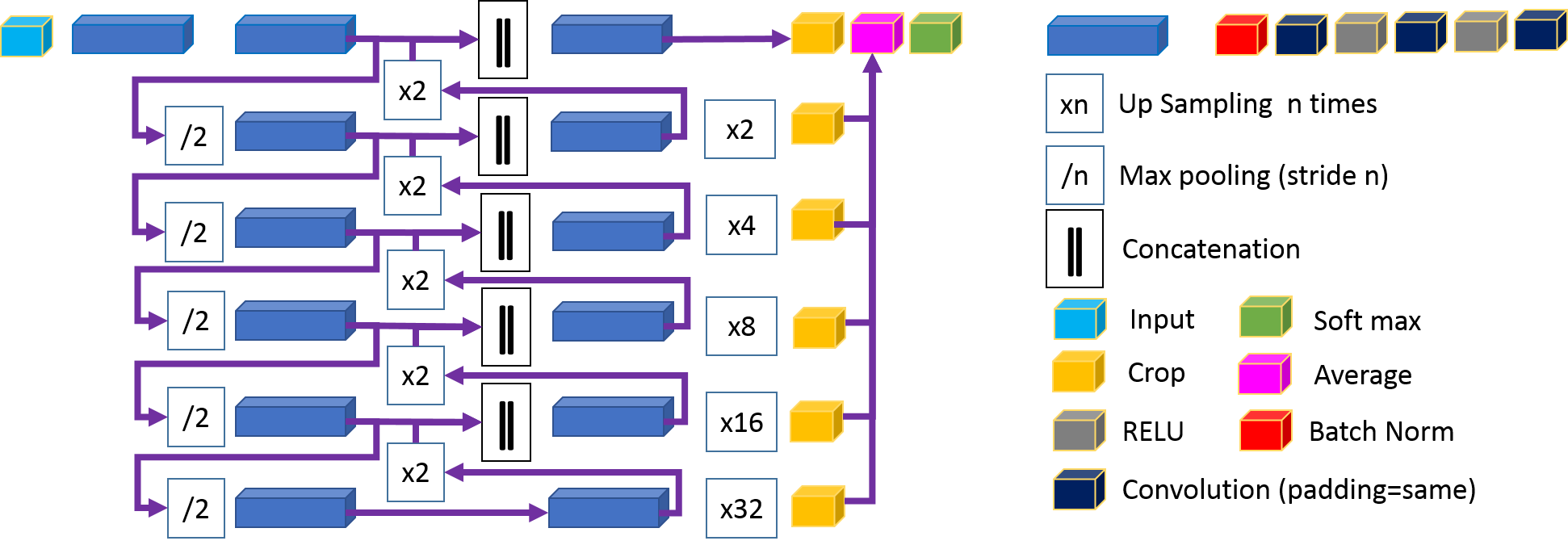 |
Kid-Net: Convolution Networks for Kidney Vessels Segmentation from CT-Volumes, MICCAI 2018 (acceptance rate 34.9%)Ahmed Taha, Pechin Lo, Junning Li, Tao Zhao |
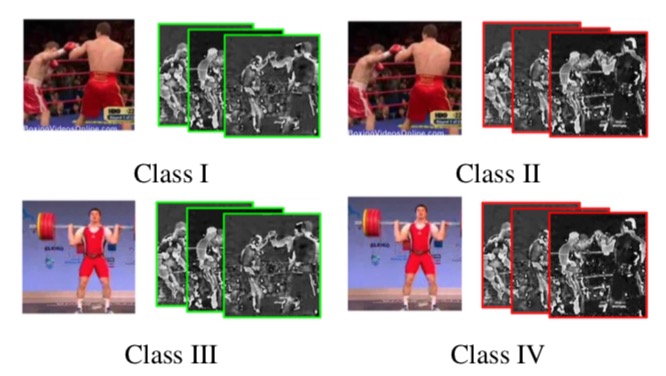 |
Two Stream Self-Supervised
Learning for Action Recognition CVPRW 2018 Ahmed Taha, Moustafa
Meshry, Xitong Yang, Yi-Ting Chen, Larry Davis (DeepVision)- Extended Abstract Github Code |
 |
Recurrent Variational Auto-Encoder, ARXIV 2017Rohan Chandra, Sachin Grover, Kyungjun Lee, Moustafa Meshry, Ahmed TahaGithub Code |
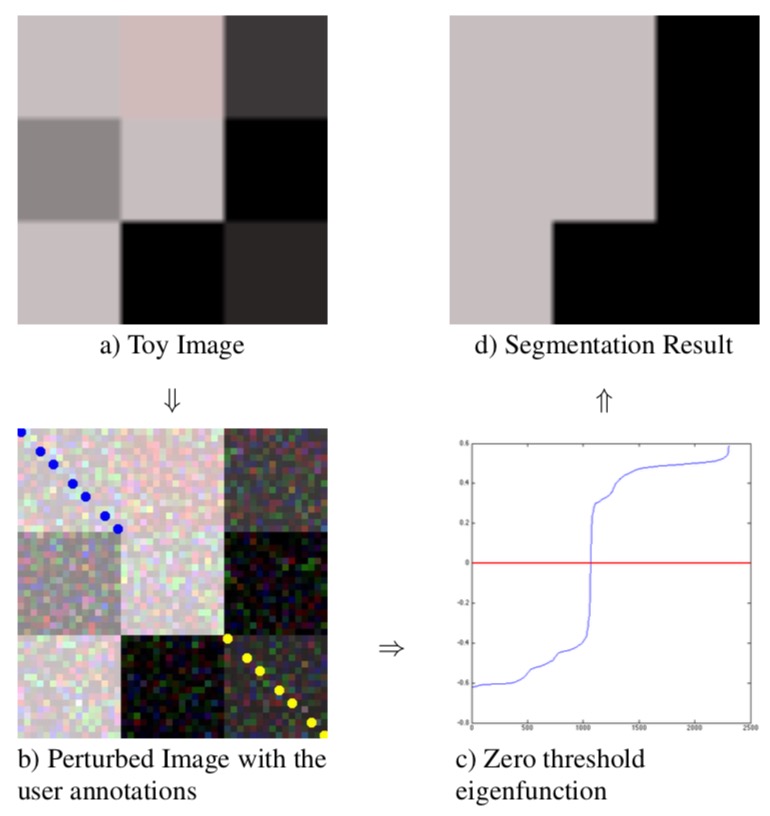 |
Seeded Laplacian: An Interactive Image Segmentation Approach using Eigenfunctions, ICIP 2015Ahmed Taha, Marwan TorkiGithub Code |
 |
Multi-Modality Feature Transform: An Interactive Image Segmentation Approach, BMVC 2015Moustafa Meshry, Ahmed Taha, Marwan TorkiCode |
Teaching Experience:
(click to see course description)
PostscriptAfter earning my Bsc, I spent some time developing mobile apps for iOS. I co-founded Inova, a software development company.